Oliver Zimmermann believes that the humidity market should be as large as HVAC (heating, ventilation and air conditioning). Yet, as it stands, it’s a phenomenon that both businesses and consumers know very little about. “It’s an uphill battle,” the CEO of Condair Group explains. “The argument we are constantly confronted with is that we don’t need humidity.”
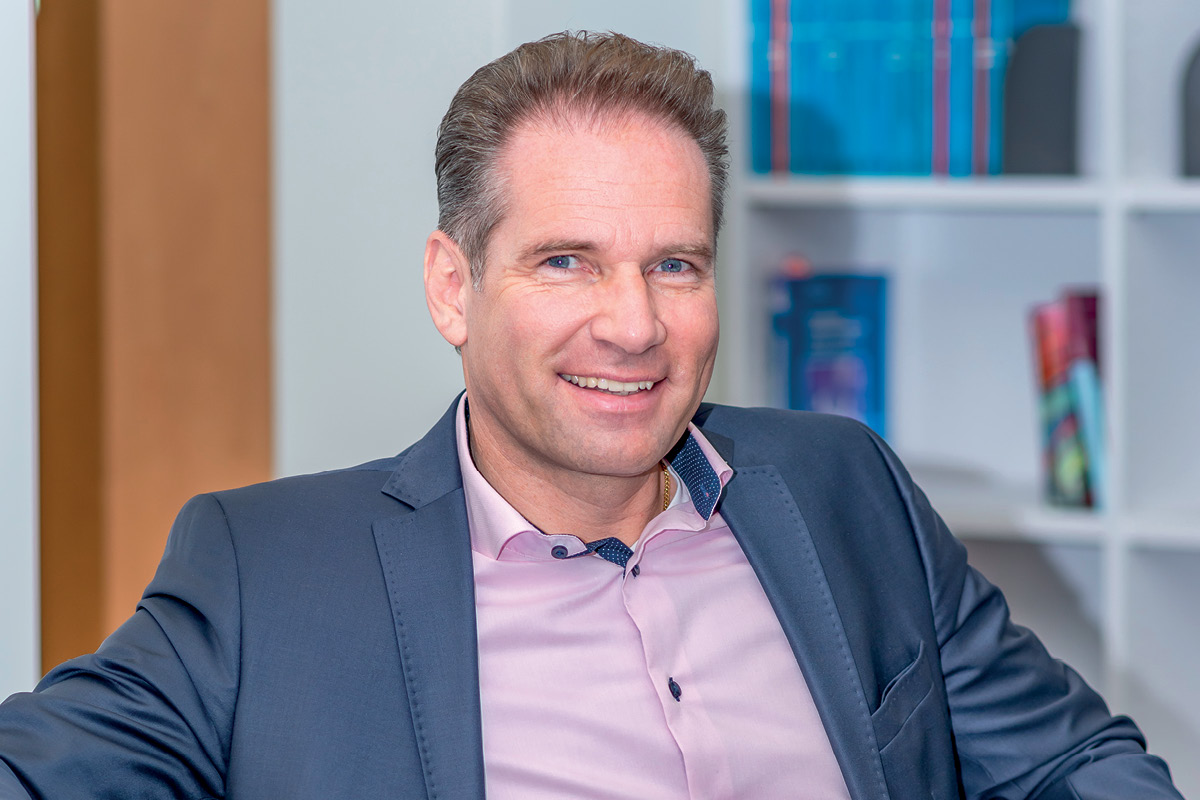
The reasons for this, he explains, all stem from the fact that our bodies are not equipped with receptors to sense atmospheric moisture. “While we are capable of judging room temperature and sensing the slightest variations in it, that’s not the case with humidity,” he says.
To make matters even more complicated, there is also absolute and relative humidity to consider. “Warm air absorbs more moisture than cold air,” he continues. “Therefore, the same relative humidity might be at totally different absolute values.”
Yet, just because we can’t feel it, doesn’t mean it doesn’t have a “tremendous impact” on our health. Studies have shown that effects of prolonged exposure to low humidity not only include a decrease in resistance towards chronic and acute airborne pollution, respiratory infections and allergies, but can also affect our circulation, skin and eyes – and even the functioning of our kidneys and brain.
“Below 40% relative humidity, the protective function of the mucous membrane inside our respiratory tract starts to diminish, allowing germs to close in on us,” Oliver explains.
Yet at around 50% relative humidity, viruses are inactive. “Also, at this level, your immune system remains intact, while at 10 to 20% it basically shuts down.” Oliver calls correct relative humidity – between 40 and 60% – “the first line of defence against sickness”.
Our inability to detect changes in humidity means we are also extremely reticent to investing in it. “Like heating and cooling, humidification requires energy. If we feel it and think it’s not comfortable, then we’re willing to spend the money on it. If we don’t, it’s easy to forgo,” he reasons.
Yet, considering that it’s now customary to spend the majority of our time indoors, understanding humidity and the role it has to play in our health has become even more crucial.
“When you look at indoor conditions in winter nowadays, heating is typically set around 20–25˚C, depending on your house and personal comfort, with resulting relative humidity between 10–30%. Where would you find those conditions in nature?” he asks.
Places such as the Sahara, Namibia and Death Valley are the answer. “Unfortunately, these are also environments in which airborne diseases particularly thrive,” he continues. “We are living in a desert environment indoors and, while we have heating, cooling and ventilation, the only missing parameter to return to a natural, healthy climate is humidification.”
“We are living in a desert environment indoors and, while we have heating, cooling and ventilation, the only missing parameter to return to a natural, healthy climate is humidification.”
It certainly doesn’t help either that, while a minimum of 40% relative humidity has been established for lab animals, there’s currently no lobby fighting in the humidity corner for humans.
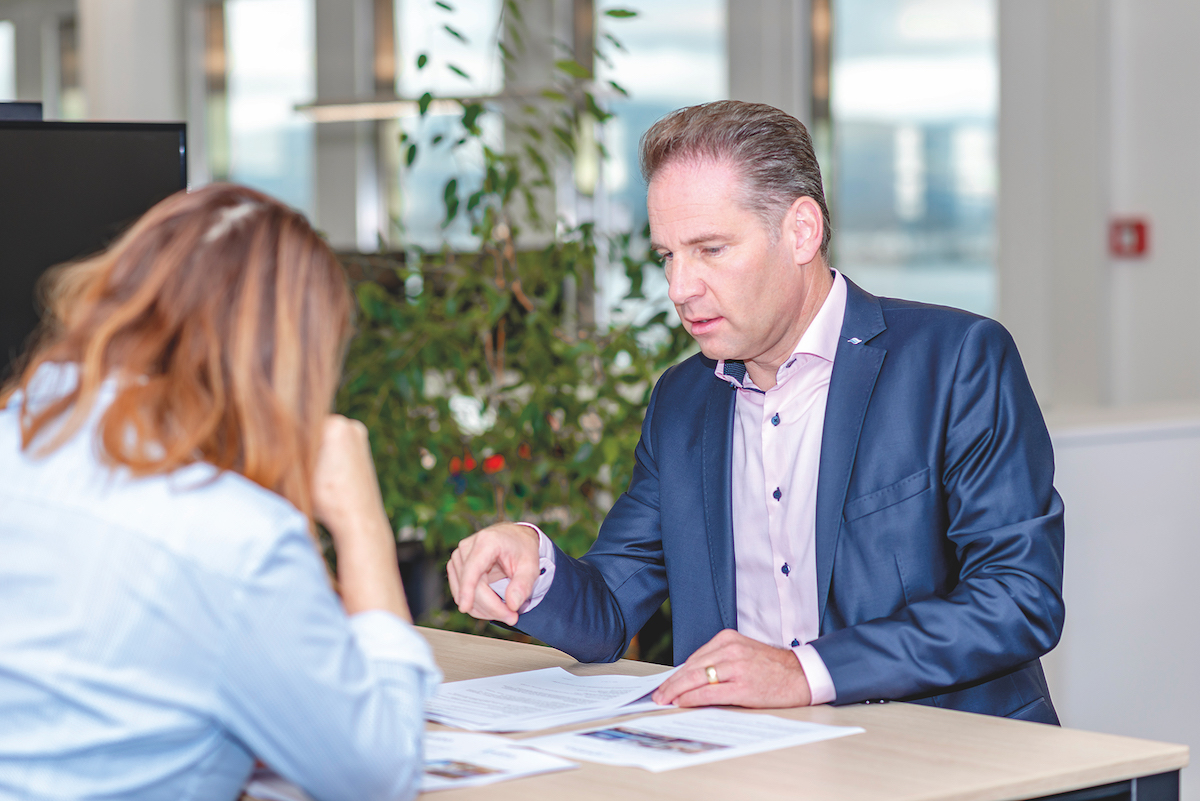
With the notable exception of Japan, a nation “extremely aware of the importance of humidity”, Oliver explains that many countries recommend lower limits of 30% relative humidity – if directives have been issued on the subject at all.
Since The CEO Magazine last spoke to Oliver in 2017, his commitment to raising awareness of the health consequences of humidity has remained unchanged. He strives to achieve this while guided by the company vision of “productivity, sustainability and health through air and water”.
Traditionally, the provision of humidification and evaporative cooling solutions for the B2B market has comprised the core of Condair’s business. “About 75% of what we do is about improving productivity,” he explains. “When these customers come to us, it’s because they have a business case for investing in humidification.”
For an array of industries, from pulp and textiles to pharmaceutical manufacturing, correct humidity is fundamental to the bottom line – as well as to the reduction of absenteeism.
In the past two years, however, the Swiss company has taken its first steps into the private end-user market. Aside from mobile, plug-in products, Oliver explains that it is one that doesn’t really exist yet.
Humidity and health
The direct and indirect effects of low relative humidity on our health have been demonstrated in many scientific studies. One of the most recent was conducted in 2019 by a group of Yale University researchers led by Akiko Iwasaki, Waldemar Von Zedtwitz Professor of Immunobiology.
In the study, mice exposed to the influenza virus were kept in chambers at the same temperature but with either low (10–20%) or normal (50%) relative humidity. The mice kept at low humidity suffered greater effects of the illness.
The experiment proved that low humidity negatively impacts the immune system’s defence against the flu virus in three ways. It reduces the efficiency of cilia, the tiny hair-like structures in our airways, that remove pollutants. It inhibits the ability of cells in the lungs damaged by the flu virus to repair themselves. Finally, it causes signalling failure between cells, so the infected ones are unable to alert neighbouring cells and fight the spread of the disease.
“It’s well known that where humidity drops, a spike in flu incidence and mortality occurs. If our findings in mice hold up in humans, our study provides a possible mechanism underlying this seasonal nature of flu disease,” said Akiko.
Although humidity is not the only factor in flu outbreaks, it is an important one that should be considered during the winter season. Using humidifiers at home, school, work and even hospitals is a potential strategy to reduce flu symptoms and speed recovery.
“We’re talking about fixed installations that become part of building technologies, just like ventilation, heating and cooling,” he explains. “We’re pioneering a completely new market with new decision-makers and new sales managers. That’s huge.”
Like many B2B companies entering the B2C space, he admits it hasn’t been easy, although the hard work is paying off and the team is celebrating its first successes. After testing the water in Switzerland, expansion into Germany, Austria, the US, Canada and Russia will follow.
“The good news is that we’re not going against any existing sales channels or jeopardising our current business,” he says. “We are the new kids on the block, even though it’s within our established industry and market.”
Oliver calls the move a “huge learning curve”. “We’re making adjustments as we go on how we approach the market and our communication strategy. We are refining our product and adding features to the solutions that we have come up with, because we have realised that our product offering was not quite right,” he continues.
Perhaps the biggest challenge, one which is still a work in progress, was the form this new business unit should take. “Do we set it up as part of the existing organisation or as a separate start-up entity?” Oliver asks.
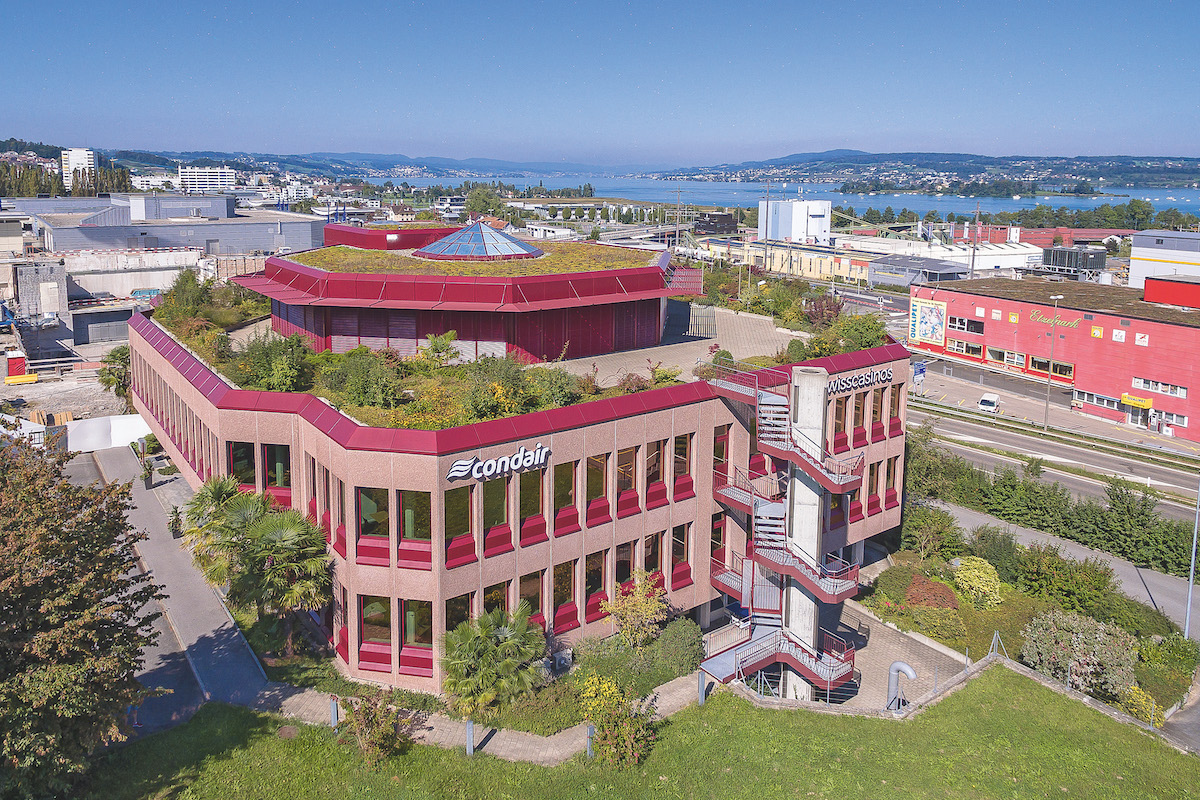
“As always, there were so many pros and cons.” Initially, the strategy leaned towards the former option “for synergy reasons”. “But we met the typical problems, where the existing organisation was too occupied by its day-to-day activities and didn’t embrace the new business.”
Instead, Oliver explains that he is currently switching to a more autonomous vertical business. “Yet bigger are the obstacles on the field service side where we cannot afford to set up a second service organisation. That’s where it comes together.”
While much energy is being poured into this new avenue, Condair’s “backbone”, as Oliver calls it, or its B2B business, is far from suffering neglect. Oliver says he is currently focusing on two key areas of development. “The first is geographic, and we are particularly targeting the Asian market as we are not number one there yet,” he explains.
In addition, the region has represented little opportunity because of its vast areas with a hot, humid climate. “These are regions that definitely don’t need much humidification,” Oliver laughs.
But, he continues, the second strategy he is working on is an evolution into the dehumidifier market, through products made in partnerships with key manufacturers but under the Condair brand name. “Suddenly, opportunities in regions of this world where we were not present at all are opening up.”
These new markets will augment the company’s existing reach. Along with production sites in Europe, North America and China, Condair has branches in 22 countries and is represented in more than 50 by distribution partners.
Since its establishment in 1948, it has completed projects across the globe. Landmark references include the two Condair resistive steam humidifiers installed in the Halley VI research centre on the Brunt Ice Shelf, Antarctica, for the British Antarctic Survey.
Despite a proliferation of high-profile clients (such as the Louvre Museum in Paris, Facebook’s data centre in Sweden, the Sydney Opera House and the Elbphilharmonie Hamburg, to name a few), Oliver explains that “these are not necessarily the projects where we’ve really had to stretch to the ceiling”.
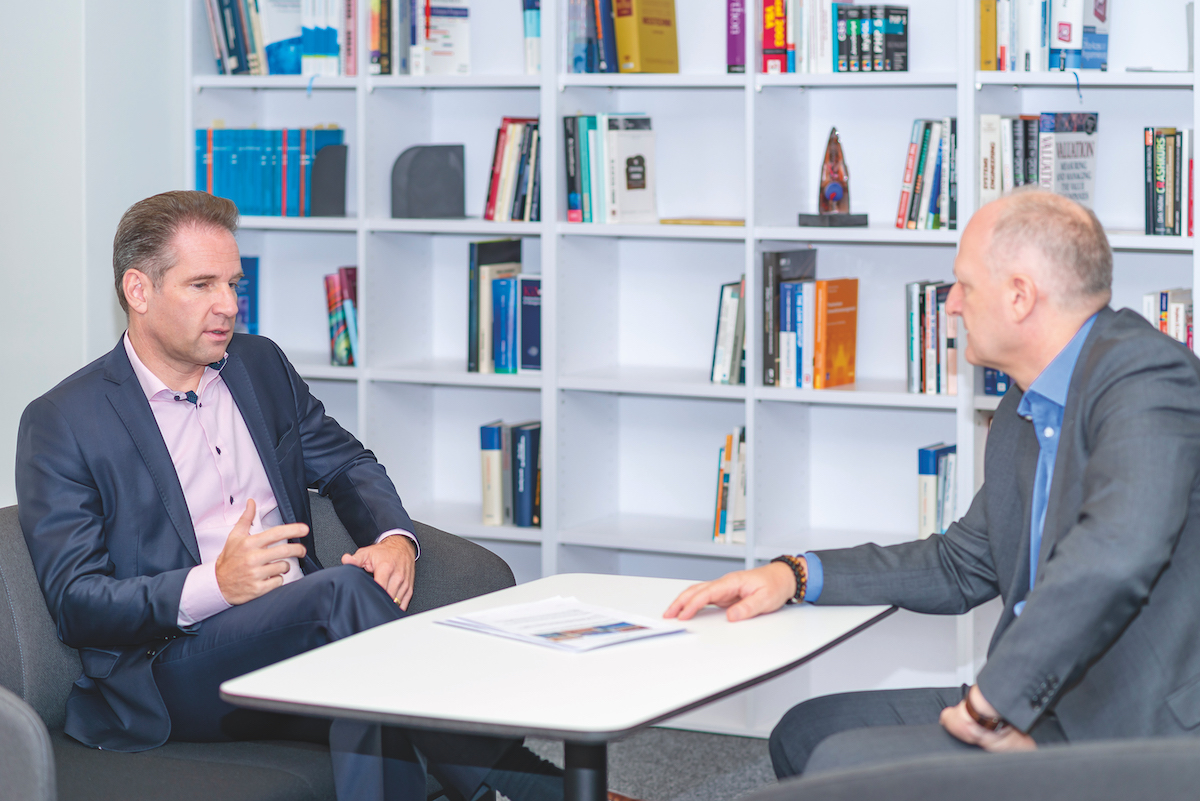
Instead, those involving customised solutions demand much more effort and energy. It’s this very ability to offer solutions to challenging situations that sets Condair apart. “We can really do just about anything,” he says. “We do the oddballs. You don’t buy products off the shelf from us.
“We do the oddballs. You don’t buy products off the shelf from us.”
“We also have the most complete technology portfolio in the market, plus we have a global presence and work with almost all industries,” he continues.
While big projects in a specific industry may present itself every decade or so, Oliver explains that Condair’s geographical reach, along with its seven decades of experience, means that “there’s typically an expert somewhere in our group in the required application that we can call upon”.
“What that really does is it puts us in a position where we can go to the customer with the solution that is best suited to them, and it makes a very credible approach,” he continues.
An engineer by trade, with a Master’s in Industrial Management and Manufacturing Engineering from ETH Zürich and an MBA from IMD Business School in Lausanne, Oliver joined Condair in 2012.
He says that the years since he took on the role have brought little change in the sector, for primarily two reasons: “We are the big
fish in a small pond driving the industry, and construction, particularly HVAC, is so resistant to innovation.”
But, while this may be an industry slow to adapt and change, there are still certain developments that he is particularly enthusiastic about, especially surrounding digitalisation and the Internet of Things (IoT).
“If we could predict when one of our units was about to fail, and jump in before it happens, the potential to make our services more efficient, more effective and faster is huge,” he enthuses.
“If we could predict when one of our units was about to fail, and jump in before it happens, the potential to make our services more efficient, more effective and faster is huge.”
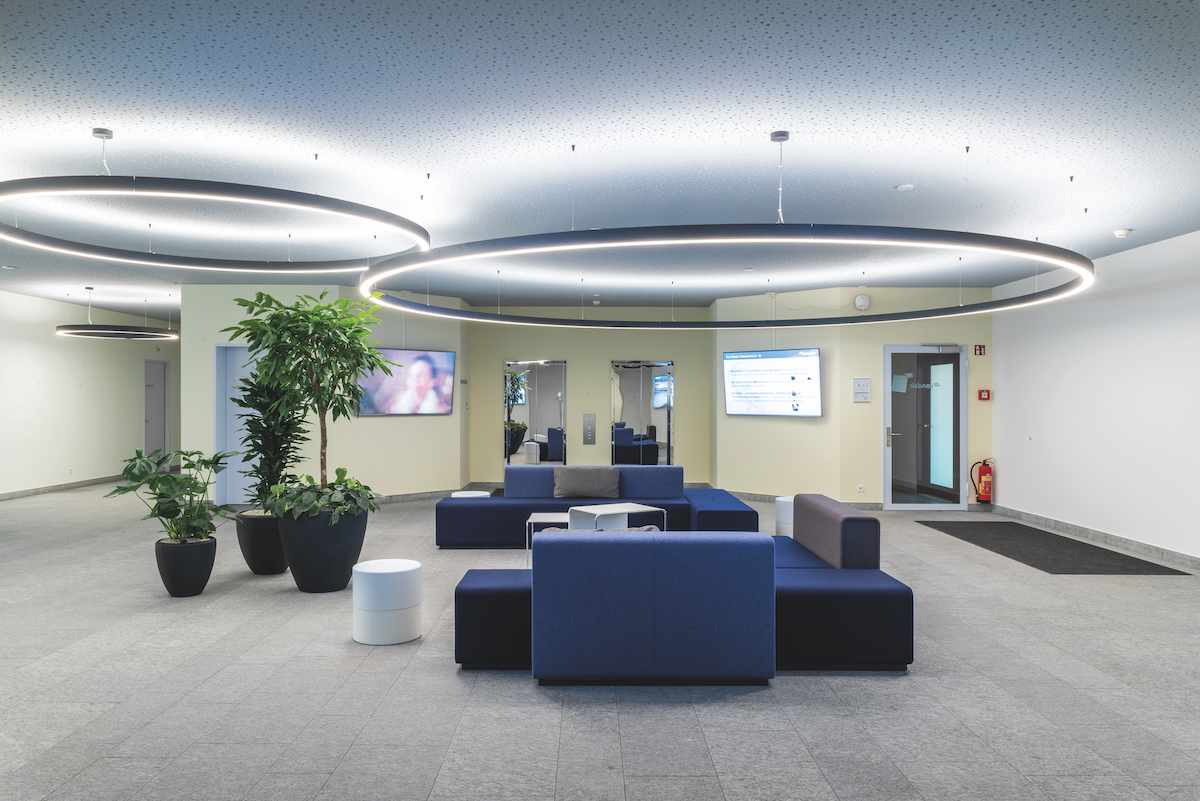
Internally, Oliver is driving investment in mentoring and education. “Challenging people, but also giving them the chance to become better, if they want to” is how Werner Adler, Condair’s CBDO, describes Oliver’s leadership style.
Oliver explains that he has personally been involved in the development of a game-based training program and is now present every time the course is held, no matter the location. “It’s a three-day-long program that we have rolled out over the past two years across the world.”
He estimates that, by the end of 2019, half of Condair’s 800 employees will have participated. “I’m representing the steering committee driving this training so I’m very present,” he adds.
The company is headquartered in Pfäffikon, a lakeside town in the canton of Schywz near Zürich. While Switzerland is home, Oliver admits he’s on the road about 70% of the time.
“While I don’t mind all the travel, I don’t do it because I enjoy it,” he says. “I do it because I see how it benefits moving the company forward.”
Keeping the cool
Besides humidification, indoor and outdoor evaporative cooling is also one of Condair’s core businesses.
The second holiest city of Islam, Medina, in Saudi Arabia, is an important pilgrimage destination. With a hot, dry climate, temperatures can soar and some of the measures installed to shield pilgrims from the heat include 250 large sun umbrellas, each shading approximately 600 square metres.
In late 2010, Condair was commissioned by Saudi king, Salman bin Abdulaziz Al Saud, to develop an evaporative spray cooling system (a technology also used for humidification) that could be fitted under these umbrellas. The company designed a solution that vaporises 50,000 litres of water an hour and lowers temperatures by up to 10°C. Today, it is the largest evaporative outdoor cooling system in the world.
As his business goes through transformation, Oliver hopes that his industry will also go through one of its own, sooner rather than later. “We have proven with our new logistics and production plant for EMEA near Hamburg that it is possible to have a sustainable building,” he explains.
“One that offers a productive and healthy indoor environment and, at the same time, almost zero energy consumption, by considering heating, ventilation, humidification and building materials – all the different disciplines – together.”
“Our ultimate goal is to influence building codes by establishing a lower limit of 40% relative humidity and a holistic approach to creating a healthy indoor environment at low energy consumption.”


